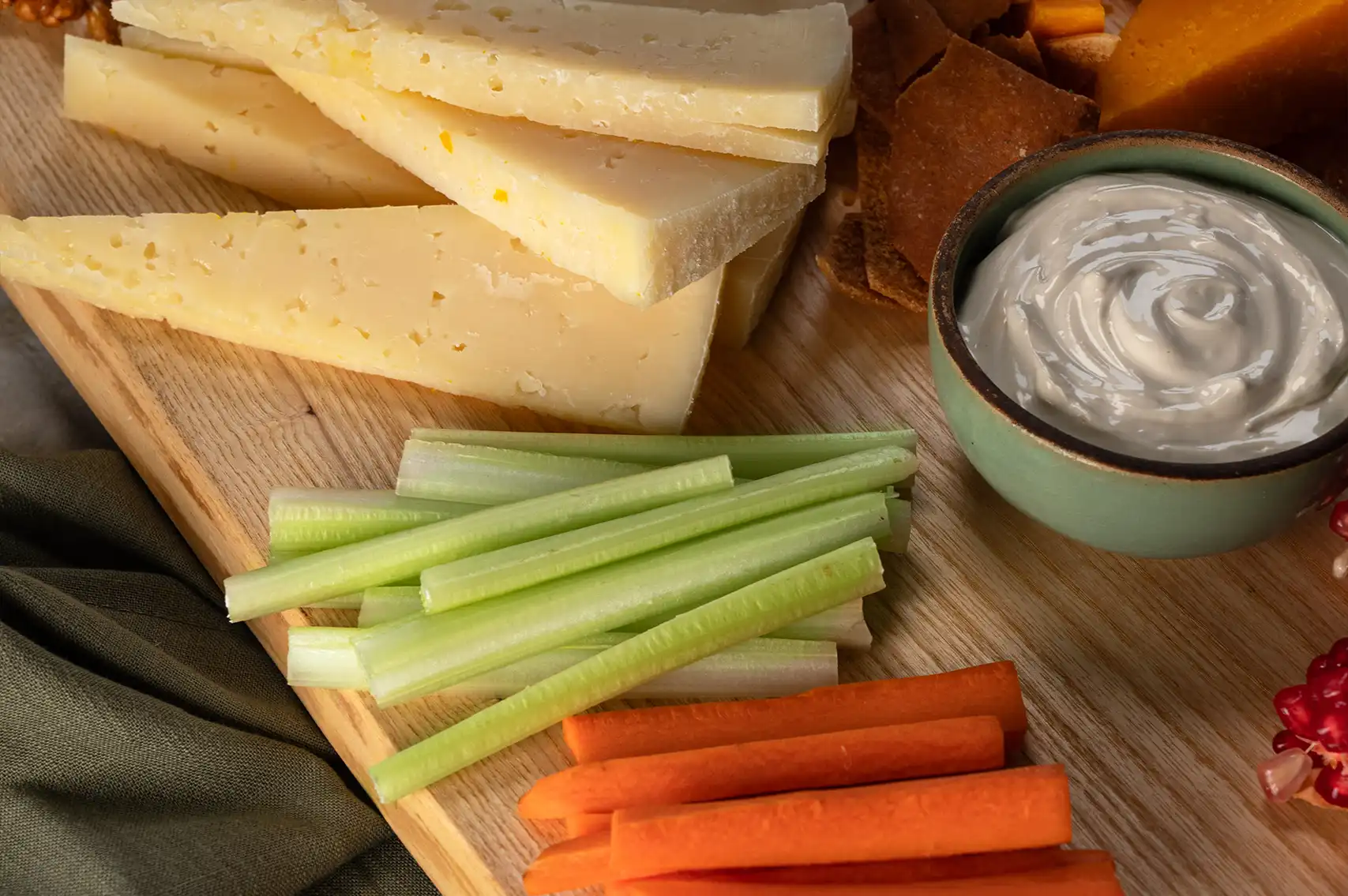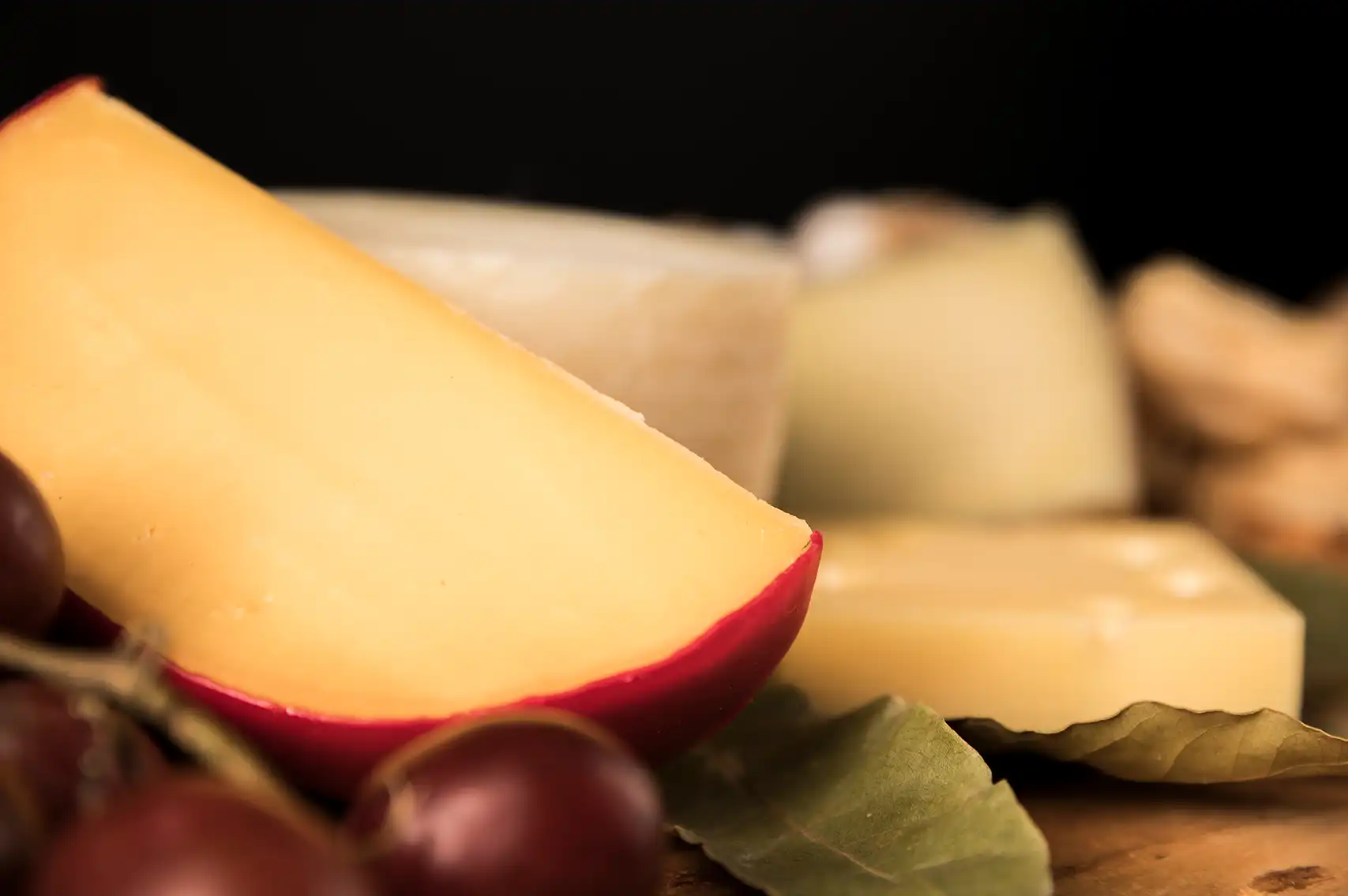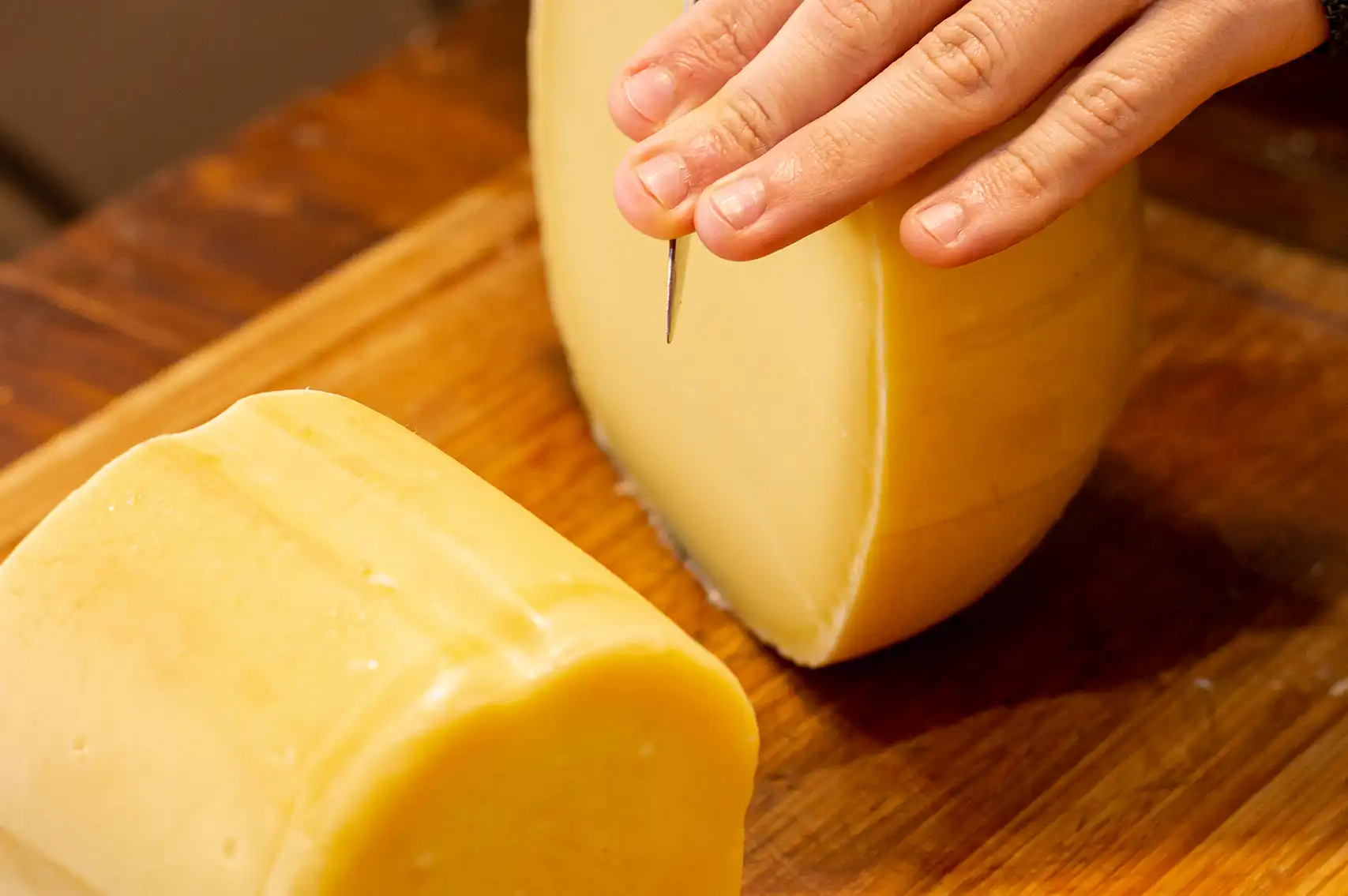Making Gouda cheese at home is a rewarding culinary adventure. With some patience and attention to detail, you can master this delicious cheese. Whether you’re new to cheesemaking or looking to improve your technique, this guide on how to make Gouda cheese will help you create delicious results every time. So why not give it a try and enjoy your very own homemade Gouda?
Gouda is one of the most popular and beloved cheeses in the world, originating from the Netherlands. With its mild, creamy flavor and excellent melting properties, Gouda is a type of cheese perfect for snacking, cooking, or adding to sandwiches. The good news is, you don’t need to be a professional to make it yourself. In this detailed Gouda Cheese Making Recipe, we’ll guide you through everything from ingredients and tools to troubleshooting tips.

How do you make Gouda cheese? Complete Guide on How to Make Gouda Cheese Home
Before diving into the process, gather all your ingredients and equipment. Proper preparation is essential when learning how to cook Gouda cheese at home.
Ingredients:
- 4 gallons (15 liters) of whole cow’s milk (non-UHT, raw or pasteurized)
- 1/8 tsp mesophilic culture (e.g., MA4001 or MA4002)
- 1/4 tsp thermophilic culture (e.g., Thermo B)
- 1/2 tsp liquid calcium chloride (diluted in 1/4 cup water)
- 1/2 tsp liquid rennet (diluted in 1/4 cup water)
- Non-iodized salt (for brining)
Equipment:
- Large stainless steel pot
- Cheese thermometer
- A long knife for cutting curds
- Cheese mold and follower
- Cheesecloth
- Colander
- Cheese press
- pH meter (optional but helpful)
- Cheese wax and brush (for aging)

Step-by-Step Process to Make Gouda Cheese (the answer to the question of Gouda cheese, How to make?)
Follow this step-by-step Gouda cheese-making recipe to create your flavorful cheese from scratch.
1. Heat the Milk
Slowly heat the milk in a large pot to 85°F (29°C). Stir gently to prevent scorching. This is the first stage of preparing the milk to accept the cultures and rennet.
2. Add Cultures
Sprinkle both the mesophilic and thermophilic cultures onto the surface of the milk. Let them rehydrate for 2 minutes, then stir gently for 1-2 minutes to incorporate.
3. Add Calcium Chloride and Rennet
Add the diluted calcium chloride and stir thoroughly. Then add the diluted rennet and stir in an up-and-down motion for about 1 minute. Let the milk sit undisturbed for 45–60 minutes until it forms a firm curd.
4. Cut the Curd
Once the curd is set, cut it into 1/2-inch cubes using a long knife. Allow the curds to rest for 5 minutes to firm up slightly.
5. Cook the Curds
Gradually heat the curds to 102°F (39°C) over 30–40 minutes while stirring gently. This step helps develop the characteristic texture of Gouda.
6. Wash the Curds
Drain about one-third of the whey, then replace it with warm water (about 130°F or 55°C) to bring the curd temperature up to 108°F (42°C). Stir gently for another 10–15 minutes.
7. Mold the Cheese
Line your cheese mold with cheesecloth and pour the curds into the mold. Press with moderate pressure (around 20 lbs) for 30 minutes. Flip and press again at 40 lbs for 6 hours.
8. Brine the Cheese
Soak the cheese in a saturated salt brine (a solution of 18% salt) for 12 hours per pound of cheese. This helps to flavor the cheese and form the rind.
9. Air-Dry
Remove the cheese from the brine and let it air-dry at room temperature on a rack for 2–3 days until the surface is dry to the touch.
10. Wax and Age
Apply cheese wax and store the cheese in a cave or refrigerator at 50–55°F (10–13°C) with 80–85% humidity. Age for 4 weeks to 12+ months, depending on your flavor preference.
If you want to buy cheddar cheese and know the cheddar cheese price, click on it.

Tips for Perfect Homemade Gouda Cheese
Mastering how to make Gouda takes practice, but these tips can help you achieve better results:
- Use high-quality milk for the best flavor and texture.
- Keep detailed notes of temperatures, times, and pH changes.
- Flip the cheese daily while aging to ensure even rind development.
- For a smokier flavor, you can cold-smoke the cheese after it's aged.
Common Mistakes & How to Fix Them
Even experienced cheesemakers encounter issues. Here’s how to handle some common problems when learning how to make Gouda cheese.
Mistake 1: Crumbly Texture
Why it happens: Too much rennet, low-fat milk, or overcooking the curds.
Fix: Use whole milk, measure ingredients carefully, and control temperatures.
Mistake 2: Bitter Taste
Why it happens: Over-acidification or contaminated equipment.
Fix: Sanitize all tools and monitor pH levels if possible.
Mistake 3: Mold Growth During Aging
Why it happens: Improper humidity or poor airflow.
Fix: Keep the aging environment clean, and adjust humidity using a cheese cave or humidifier.
Also you can buy cheese slice from calin.
Frequently Ask Questions
How long does it take to make Gouda cheese?
The actual cheesemaking process takes about 8–10 hours, including pressing and brining. However, aging can take 4 weeks to over a year, depending on how mature you want your Gouda.
What kind of milk is best for making Gouda cheese?
Whole cow’s milk is best for making Gouda cheese. Use non-UHT pasteurized or raw milk for optimal flavor and curd development.
Why is my homemade Gouda cheese too crumbly?
A crumbly texture typically results from using low-fat milk, excessive rennet, or overcooking the curds. Ensure you follow the correct heating schedule and use whole milk.


